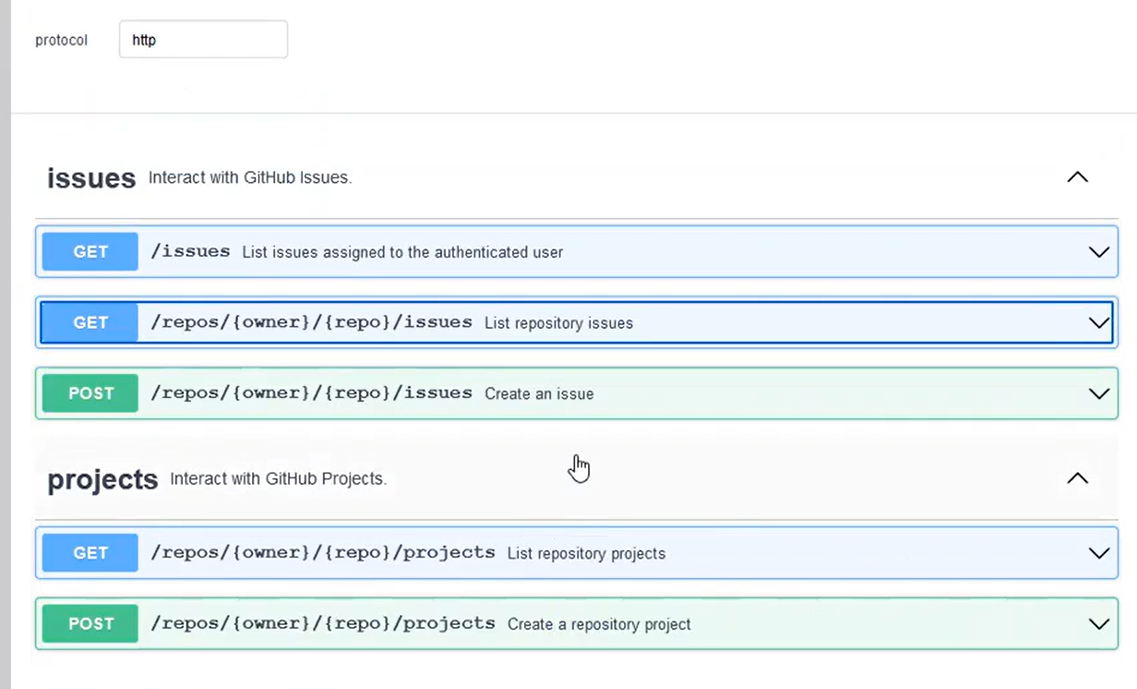Prerequisites
Check the following to evaluate whether integration with a third-party component can be configured via the generic API integration interface:
- The RESTful service interface of the third-party component is described in a swagger file compliant with the Open API specification (OAS) notation.
- The Open API and OAuth authorization standard specifications apply to the OAS version 3 and OAuth standards.
- The software version specified in the swagger file matches the version of the third-party component you would like to integrate to.
- An HTTPS connection can be established to the RESTful services of the third-party component. The connection is for example not blocked by a firewall. The interface will send POST, GET, and PULL requests in a stateless manner and receive the responses.
It is recommended to familiarize with the swagger definition prior to configuring an import. You can use a swagger editor, for example https://editor.swagger.io, to view the content with enhanced usability. The following example shows part of a swagger file from GITHub® in a swagger editor. You can see the different types of data, like issues and projects, and the RESTful service endpoints for import or export of data for the data type. Endpoints using the method GET are defined for export of data while endpoints using the method POST are defined for import of data. The swagger definition provides detailed information about which attributes of a specific data type can be exported, and which attributes must be provided to import data.

You will see the information about each endpoint with the path and the method. If you expand an endpoint, the parameters to be set in the request header as well as JSON body fields of the request and the response are listed.